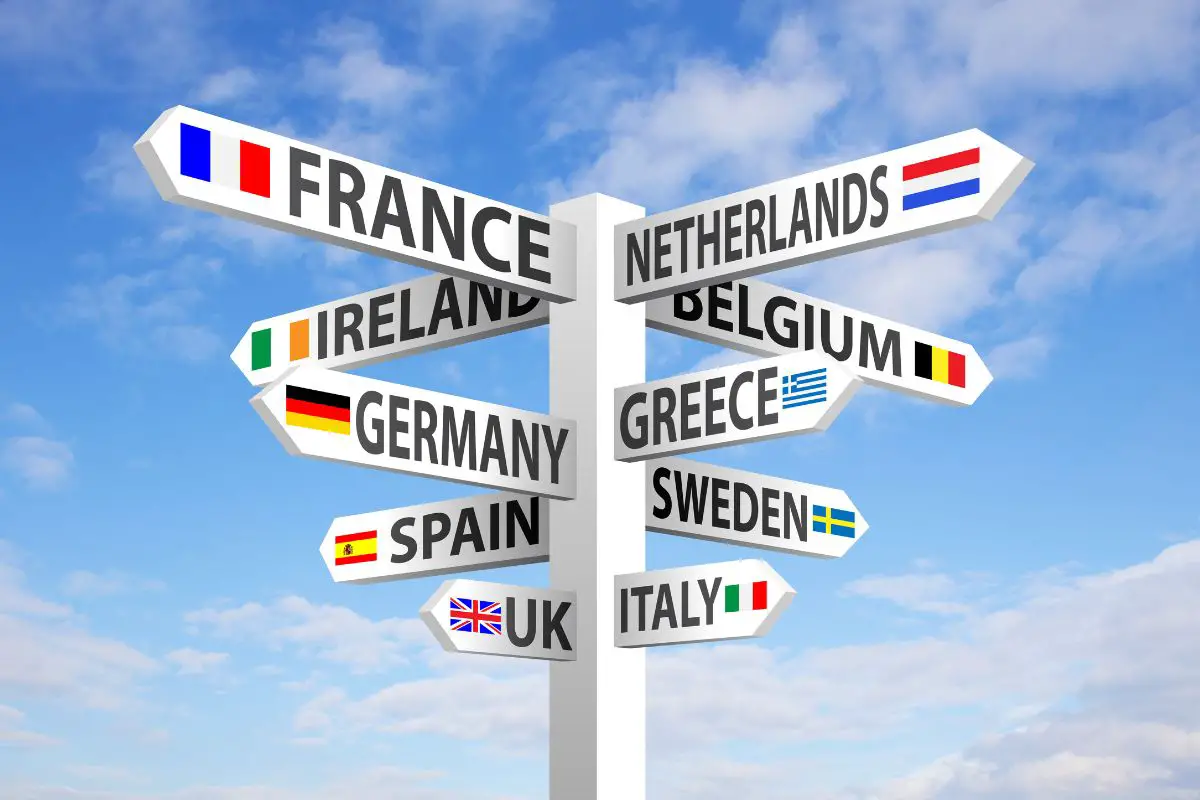Upon its discovery in Ethiopia, coffee became one of the most sought-after beverages. Its discovery coincided with the exploration age. That is why coffee found its way to Europe and spread to the rest of the world rapidly.
At the start of the Age of Enlightenment, Europe started emerging from an alcoholic haze that had lasted centuries. Coffee only became popular in Europe in the mid-17th century. It was praised for promoting soberness, conversation, and clarity, contrary to the feeling that alcohol gave its drinkers. But who did Europeans get coffee from and how did it spread to Europe? Continue reading to find out.

The Arrival of Coffee in Europe
Coffee was first introduced into Europe from the Arab world. History shows that coffee was discovered in Ethiopia, a country in the Horn of Africa. History of coffee indicates that a goat herder by the name of Kaldi discovered coffee after noticing that his goats would become more energized after eating a mysterious fruit. This fruit is what we call a coffee cherry. Kaldi took the beans to a local monk, who discovered how to make a dark drink out of coffee beans.
After its discovery, coffee spread quickly across the Middle East. It became popular among Muslims since they are not permitted to drink alcohol as per their religious beliefs. Some Muslim scholars argued that coffee was as intoxicating as alcohol while others argued that coffee brought those who drank it closer to their God, Allah.
On the contrary, alcohol was the most popular drink in Europe. However, the arrival of coffee changed that. Coffee was first discussed in Europe by travelers returning from the Levant and the Far East. However, it is believed that coffee beans were first brought to Western Europe by the Venetians.
The Venetians traded with the Levant and North Africa. Coffee first arrived in Europe through the port of Venice, courtesy of Venetian merchants. The Venetians introduced coffee to the rest of Europe in the course of their trade.
Acceptance and Spread of Coffee in Europe
When coffee arrived in Europe, Christians rejected the drink. Since it came from the Muslim world, most European Christians viewed it as a Muslim drink. In the early 1600s, Pope Clement VIII made Christians view coffee as an acceptable drink after praising it for its deliciousness.
The Pope was curious to inspect coffee as it was viewed as the Devil’s drink. He had some coffee brought to him for inspection. He found its aroma very inviting and pleasant. As a result, he was tempted to drink a cup of coffee.
After trying coffee, he exclaimed that it was a pity for such a delicious drink to be an exclusive beverage for the infidels. The pope concluded that by baptizing coffee, they would fool Satan, thereby making coffee a Christian beverage.
Since the Pope is considered holy, whatever he proclaimed as not harmful would be viewed as good among European Christians. Thus, regardless of what opponents attributed to coffee, Christians started accepting the drink and no longer viewed it as a pagan drink. The inspiration from the Pope made coffee spread throughout Europe via the Arabic trading networks.
The Spread of Coffee Houses in Europe
In England, the first coffee houses appeared during the leadership of Oliver Cromwell, a Puritan dictator. Cromwell discouraged alcohol among his people. As a result, coffee was viewed as the best alternative to alcohol. Coffee was seen as a delicious, bitter, not sinful, and not very intoxicating drink.
Pasqua Rosee tended the first-ever coffeehouse in England. Rosee was an Armenian servant who had tasted coffee as he traveled through the Middle East. He was employed by a wealthy merchant, Daniel Edwards. Edwards often invited his friends to his building, where they would discuss religion and politics while drinking coffee served by Rosee. The building became the first coffeehouse in England. The business became very successful. Consequently, other coffeehouses were opened across London.
Coffee houses became a key part of political and social life in England and across Europe. However, some people disapproved of coffee houses as places that provoked intoxication, though there was little understanding of the effects of coffee at the time. Also, some claimed that coffeehouses were time-wasting as most men would spend their time there rather than being at home with their families.
Arabia was the sole supplier of coffee for England and other parts of Europe through the 17th and 18th centuries. However, this changed with time. Holland started growing coffee in its colonies across the Island of Java, which lies between Sumatra and Bali in Southeast Asia. This is where the word Java originated from.
England and France also established coffee plantations in their colonies. Thus, Europe no longer sourced coffee from Arabia. Eventually, European colonists spread coffee growth to Brazil, Santo Domingo, Guatemala, Suriname, and other colonies.
Conclusion
Coffee has come a long way since its discovery by Kaldi, an Ethiopian goat herder. So who did Europeans get coffee from and how did it spread to Europe? Coffee arrived in Europe from the Middle East, thanks to Venetian merchants. With time, European countries such as France, Holland, and England spread coffee to their colonies such that they stopped importing it from Arabia. Instead, they would get it directly from their colonies. Today, coffee is grown in many mountainous regions in the coffee belt, a region between the Tropics of Cancer and Capricorn.